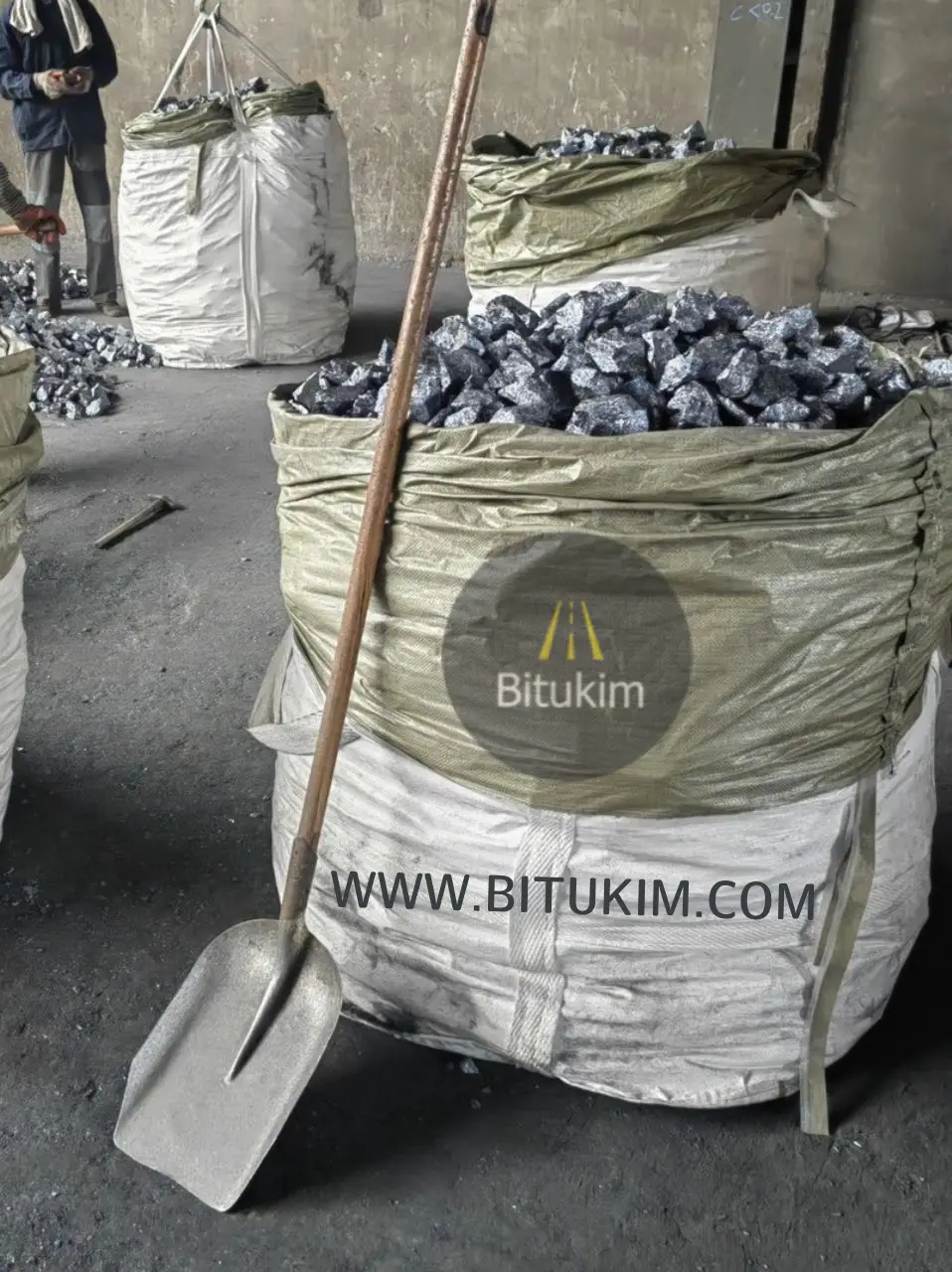Chrome vs. Ferrochrome both essential materials in metallurgy, particularly in the production of stainless steel and other alloys. While they share a common element—chromium—there are significant differences between them in terms of composition, production, and applications. This article explores these differences and the respective uses of chrome and ferrochrome.

What is Chrome?
- Definition: Chrome, or chromium, is a chemical element (symbol Cr) and a hard, lustrous metal known for its high corrosion resistance and hardness.
- Forms: Chrome can exist in various forms, including pure chromium metal and chromium compounds (like chromium oxide).
- Properties: It is characterized by its shiny appearance, high melting point, and excellent resistance to tarnishing and corrosion.
What is Ferrochrome?
- Definition: Ferrochrome (FeCr) is an alloy of chromium (usually 50-70%) and iron, containing varying amounts of carbon. It is produced primarily for use in stainless steel and other alloys.
- Types: Ferrochrome can be classified into high carbon ferrochrome, low carbon ferrochrome, and other specific grades depending on carbon and chromium content.
- Production: It is typically produced in electric arc furnaces by reducing chromite ore with carbon sources such as coke.
Differences OF Chrome vs. Ferrochrome
| Feature | Chrome | Ferrochrome |
|---|---|---|
| Composition | Pure chromium (Cr) | Alloy of chromium and iron (Fe) |
| Carbon Content | No carbon | Contains carbon (0.5% to 8%) |
| Production | Extracted from chromite ore | Smelted in electric arc furnaces |
| Form | Elemental metal or compounds | Alloy |
| Primary Use | Additive for various alloys | Key ingredient in stainless steel |
| Properties | High hardness, corrosion resistance | Enhances steel properties |
Applications OF Chrome vs. Ferrochrome
Chrome:
- Metal Coatings: Used for plating to enhance appearance and corrosion resistance (chrome plating).
- Alloy Production: Acts as an alloying element in high-strength steel and other specialized alloys.
- Chemical Industry: Used in the production of pigments and chemicals like chromium oxide.
Ferrochrome:
- Stainless Steel Production: The primary use of ferrochrome is in producing stainless steel, where it provides corrosion resistance and strength.
- Specialty Alloys: Used in various specialty alloys that require specific mechanical and chemical properties.
- Automotive and Aerospace: Key component in manufacturing lightweight and durable parts in automotive and aerospace industries.
Benefits of Chrome vs. Ferrochrome
Benefits of Chrome
- Corrosion Resistance: Chrome is known for its exceptional resistance to corrosion, making it ideal for protective coatings and applications in harsh environments.
- Durability: The hardness of chrome enhances the durability of products, extending their lifespan and reducing maintenance costs.
- Aesthetic Appeal: Chrome plating provides a shiny, attractive finish, making it popular in decorative applications, such as automotive parts and household fixtures.
- Versatility: Chrome can be used in various industries, including aerospace, automotive, and chemical, due to its diverse properties and forms.
- Heat Resistance: Chrome maintains its strength and integrity at high temperatures, making it suitable for high-performance applications.
Benefits of Ferrochrome
-
- Enhanced Steel Properties: Ferrochrome significantly improves the corrosion resistance, strength, and hardness of stainless steel, making it essential for producing high-quality materials.
- Cost-Effectiveness: By using ferrochrome, steel manufacturers can achieve desired alloy properties at a lower cost compared to using pure chromium.
- Customizable Alloys: Different grades of ferrochrome (high carbon, low carbon) allow manufacturers to tailor stainless steel to specific applications and requirements.
- Sustainability: Ferrochrome can be produced using recycled materials, promoting a circular economy and reducing environmental impact.
- Increased Demand: The growing industries that rely on stainless steel, such as construction, automotive, and consumer goods, contribute to a steady demand for ferrochrome, supporting economic growth.
Packaging of Chrome vs. Ferrochrome
Packaging of Chrome
- Form and Size: Chrome is typically available in several forms, including powder, pellets, or chunks. The packaging must accommodate these different forms.
- Materials:
- Bulk Bags: Often packaged in large bulk bags or containers for industrial use. These bags are typically made from durable materials like polypropylene to prevent contamination.
- Drums and Containers: Smaller quantities may be packed in metal or plastic drums to protect against moisture and damage.
- Labeling: Proper labeling is essential, including safety information, chemical composition, and handling instructions to ensure safe transport and storage.
Packaging of Ferrochrome
- Form and Size: Ferrochrome is usually available in lump form, granules, or as a powder, depending on the specific application.
- Materials:
- Bulk Bags: Commonly packaged in large bulk bags for easy transportation and handling, ensuring that the product remains dry and uncontaminated.
- Steel Drums or Containers: For smaller shipments, ferrochrome may be packed in sturdy steel drums or containers, which provide additional protection during transit.
- Protection Against Environmental Factors: Packaging must be designed to protect ferrochrome from moisture and environmental contaminants, which can affect its quality and performance.
- Labeling and Safety: Clear labeling is critical, including hazard symbols, handling instructions, and the chemical composition, to ensure safe handling and compliance with regulations.

